Increasing exposure to pollution has left us susceptible to Interstitial Lung Disease, a fatal condition that doctors are struggling to raise awareness around
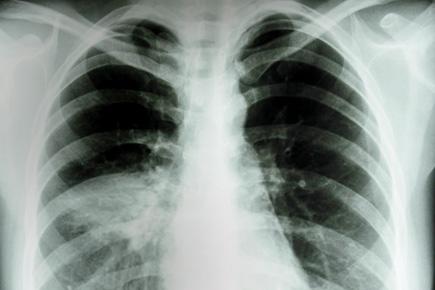
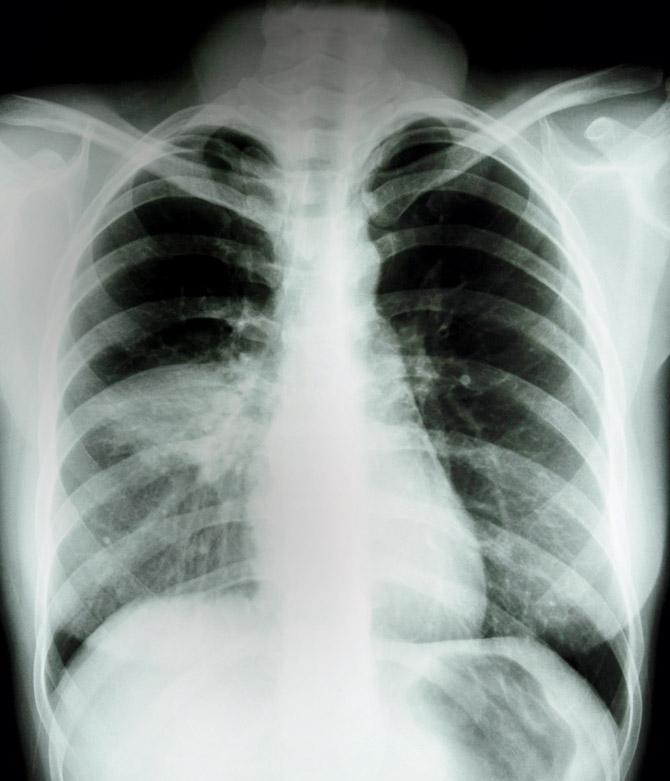
ADVERTISEMENT
In May this year, while climbing the stairs to her first floor flat at Chheda Nagar's Shakti Cooperative Society, 50-year-old Geeta Menon experienced sudden tiredness and breathlessness.
Initially, both she and her husband Somashekar, 57, put it down to an exhausting day or the wear and tear of an ageing body. However, the feeling of breathlessness persisted a few days later, and Menon seemed like she was gasping for breath each time she took the stairs or exerted herself the slightest. The couple consulted the family physician, who advised a chest XRay and later a series of blood and pulmonary tests including a CT scan.
After being diagnosed with ILD, Menon was put on therapy, which included steroid along with supplementary oxygen support at home. It started with one unit and later increased to two. Despite this, her condition deteriorated and she needed ICU support and eventually succumbed to the disease in less than three months.
Pulmonologist Dr Arvind Kate, from the Zen Multispeciality Hospital at Chembur, where Menon was admitted, even tried steroid treatment, which could have slowed the progress of the damage to her lungs, but her condition didn't improve.
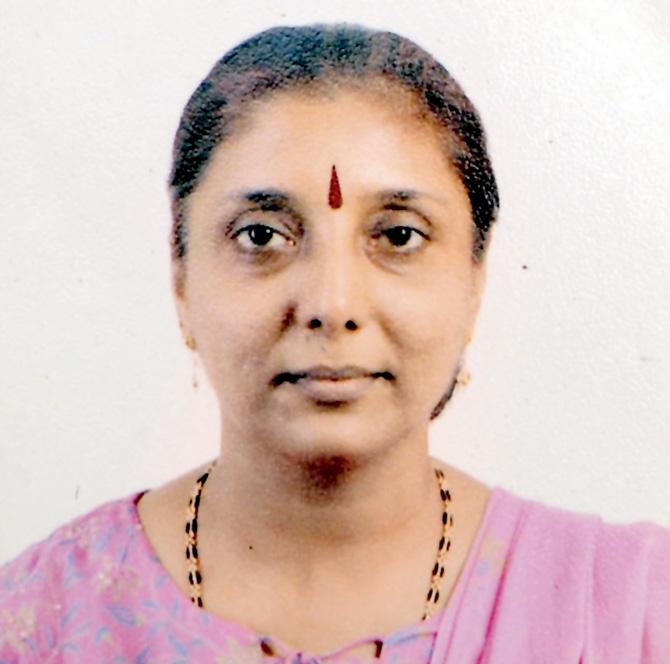
Geeta Menon, 50, Chembur resident, succumbed to ILD within 3 months of diagnosis
Getting acquainted with ILD
Menon succumbed to the disease within three months of being diagnosed. Pulmonologists across the country assert that hers isn't a lonely case. ILD is a category of diseases in which the interstitium — the lace-like tissue network in the lungs which plays an important role in their functioning — is affected. Till now, medical science doesn't have a cure for the disease. Worse, in cases of Pulmonary Fibrosis, which a condition that falls under the ambit of ILD, death occurs within months like it happened with Menon.
Kate says initially, ILD would often be confused with tuberculosis since CT scans (which have the power to differentiate) were not easily accessible to all patients. "It's only now that a pulmonologist, if s/he suspects ILD, can quickly ask for advanced tests to be done to help in early detection," he says. Pulmonary Fibrosis is a form of ILD that is far more complicated in terms of what causes it.
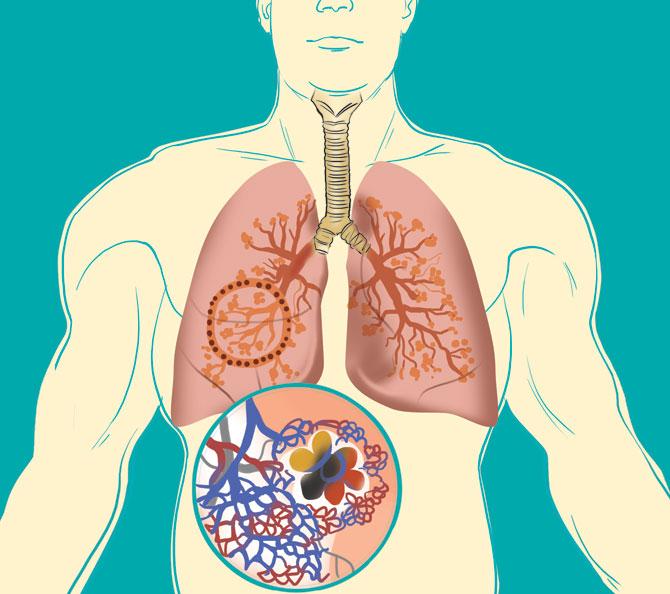
Illustration/Uday Mohite
Dr Raja Dhar, Consultant Respiratory Physician, Fortis and Director-Education and Research, National Asthma Allergy Bronchitis Institute, Kolkata, says that it covers several different conditions that cause scar tissue to build up in the lungs. This build-up of scar tissue, which makes your lungs stiff, is called fibrosis. "Some types of Pulmonary Fibrosis have an identifiable cause. But, for many types, a definite cause cannot be found," says Dhar, stressing that this makes it difficult to even manage.
"Some ILDs cause scarring in the interstitial tissue while some cause inflammation. Often, it's a combination of these processes. Which of these processes is dominant can determine the treatment the patient receives," he says, adding, "Although we do not always know what causes Pulmonary Fibrosis, we do know it is not a form of cancer or cystic fibrosis, and it is not contagious."
While earlier ILD was considered a condition that affected the middle aged, now doctors see even younger patients. "We have seen cases of Pulmonary Fibrosis among those who work in dusty environments such as cement factories, etc.," says Kate.
Dr Sagar Warankar, a consulting pediatric pulmonologist at Apollo Hospital, Navi Mumbai, says, "Increase in ILD cases in the pediatric age group is due to environmental exposure to smoke. Hypersensitive Pneumonitis (HP) can even be caused by the usage of body spray by adults and smoke exposure. Wet wall allergens can be a breeding ground for fungus which if inhaled can cause HP among kids. The youngest patient I saw was a three-month-old infant who died due to a genetic reason called surfactant protein deficiencies, which accounts for about 10 per cent of all childhood interstitial lung diseases."

Somashekar Menon, 57, whose wife Geeta was diagnosed with ILD in May. Despite treatment and almost immediate diagnosis, the disease progressed and she passed away in July. Pic/Sneha Kharabe
Creating a registry
In June this year, mid-day reported of a case in Borivli where 53-year-old Jayshri Zota who died within weeks of suffering a severe bout of breathlessness, was diagnosed with ILD with a lung capacity that had decreased by 40 per cent. At the time, Dr JR Shah, consultant pulmonologist at Jaslok Hospital where Zota had been taken, attributed her illness to pigeon droppings.
This, pulmonologists have found, is the case across the country.
A study supported by the Indian Chest Society and coordinated by Jaipur's Asthma Bhawan, conducted a study for the ILD India registry, which found that pigeon droppings are a primary cause of the disease. Dr Ashok Mahasur, consulting pulmonologist at Mahim's PD Hinduja Hospital, says, "Pigeon droppings contain certain antigens which when inhaled can lead to acute allergic reaction in the lungs. This eventually becomes chronic. In India, pigeon dropping are a common cause of Hypersensitivity Pneumonitis ILD, a progressive disease. If the cause is not removed at the earliest, it may even cause lung failure."
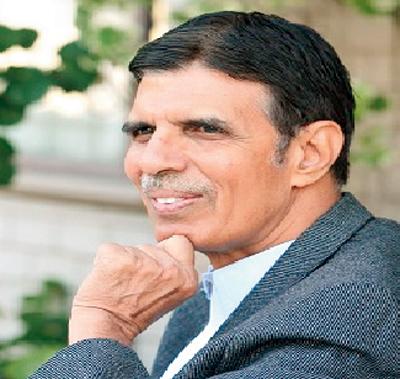
Dr Virendra Singh
The study, findings of which were published in the March issue of American Review of Respiratory and Critical Care Journal, was conducted between 2012 and 2015 at 27 pulmonology centers across the country and included 1,084 patients. Of these, 47 per cent were diagnosed with HP caused by environmental factors. Seventy one per cent of these lived in urban areas.
Dr Virendra Singh, director at Asthma Bhawan, says with lack of awareness, it has become imperative to create an ILD registry in India and gather country-specific data. Dr. Jyotsna Madanmohan Joshi, Professor and Head of the Department, chest Medicine BYL Nair Hospital had assisted Dr Virender Singh in the study, from Mumbai and 130 ILD patients were screened for various ILD ailments.

"Here, we have a tendency to either go through American or European data to treat our patients for diseases. Creating our own registry will help create a policy for the same and also assist our doctors in treating patients better. The irony is that while our study has been published in the American journal, our own Union health department has not taken any cognizance of the research." Dhar says that at least 22 per cent of cases diagnosed with HP had a history of pigeon feaces exposure. "Another finding shows that around 48.8 per cent of patients with HP in the registry had exposure to air coolers, which increased fungal presence in the air around them."
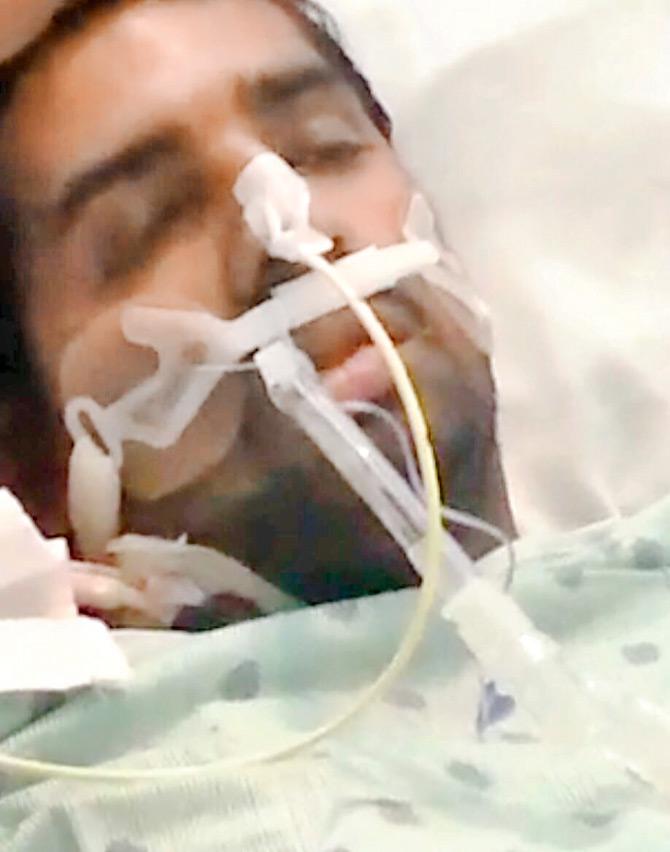
Halim Ansari after the transplant
A transplant can change your life
With cure almost non-existent, one of the options for survival for those with ILD is lung transplant. But this is quite rare. As per available data, only 175 lung transplants were carried out in the UK in 2011-12. Not all of these were for people with Pulmonary Fibrosis. Indian data in this case is not available.
However, there are significant risks to a transplant. According to recent research, the survival rate at one year after lung transplant is 79 per cent, and for five years it is 53 per cent. The survival rate at 10 years is 33 per cent.
Among those who did get it is 35-year-old Halim Ansari who underwent a successful operation at Houston Methodist Hospital in Texas.
Ansari was diagnosed with Pulmonary in 2007. He says, "A routine cold and dry cough at age of 18 left me bedridden, local physicians initially gave me flu medicines, but I had no relief, and later had to be hospitalised at Mumbai's Prince Ali Khan Hospital in 2000."
"While the medication that I was given at the time worked wonders and I could be discharged within a week, soon I stopped taking the medication. One day, while playing football, I could sense that I was having difficulty in breathing and that was the first time I learnt that there was no medicine for my ailment," he adds.
In 2007, when his health deteriorated he was referred to Dr Prahlad Prabhudesai, at Bandra's Lilavati Hospital, who he says was surprised that he was being medicated for tuberculosis.
"By 2012, my condition was so bad that I could barely walk without carrying my oxygen cylinder, also I had done extensive research on lung transplant in India and abroad. I found that in India, all attempts at lung transplant had failed. The success rate in USA and European countries was higher, where a transplant patient could survive over four, eight and 20 years depending on the lung match," he adds.
His US visa application was finally approved in November 2013.
"In the flight, my condition was getting worse, and I had only two oxygen cylinders which had almost been utilised. I somehow reached Newark — my first halt — and the connecting flight was nine hours later. Every minute was crucial, the rest room was just five minutes away, and it took over an hour for me to reach it," he recalls.
He went through immense paperwork to register as an organ recipient. In September 2014, he received a call from the Methodist Hospital after which he was admitted.
"My lung was so badly damaged that the surgeons were not sure if I would survive the transplant," he says. Life, post surgery has changed for the better. "I now work 18 hours a day and have no health issues. I married my childhood sweetheart and I am running a pressure wash business at a shopping mall earning monthly over $4,800 and my wife has taken a part time job."

Dr Alka Dalal
Options of alternative therapy
While lung transplants may not be a viable option for everyone, Dr Alka Dalal, a visiting pulmonologist at Jupiter Hospital, Thane, uses medication and holistic care to give relief to ILD patients. "In holistic care, we treat the whole body instead of just the affected part. For instance, along with medication such as steroids to contain the fibrosis, we also teach our patients breathing techniques in sitting and sleeping postures aimed to expand their lung capacity and help them breathe with ease in their present condition. They are also taught how to remain calm when they feel breathless and control their emotions and stay positive," she adds.
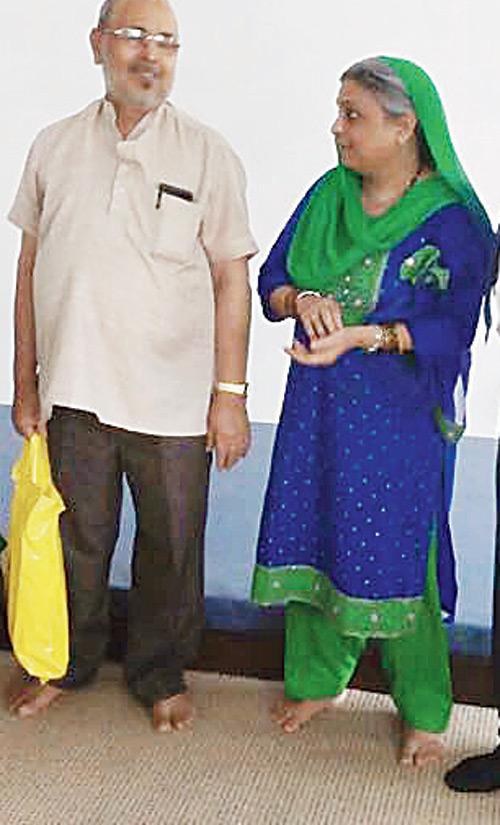
Rabiya Siddiqui
The hospital has a 1,000 sq ft free-of-cost center to promote the treatment. Among those to have received this treatment and affirms its results is Rabiya Siddiqui, a 68-year-old from Mumbra. Three years ago, she was diagnosed with rheumatoid arthritis and advance ILD with low oxygen levels and pulmonary hypertension. She would get hospitalised every two months. Two months ago, she joined the holistic centre. From not being able to take a few steps without gasping, she is now able to walk nine kilometers comfortably and recently even went for the Haj Yatra.
How Pulmonary Fibrosis reduces lung efficiency
The scarring of the interstitial tissue caused by Pulmonary Fibrosis reduces the lung efficiency. Scarring causes the lungs to become stiff and less elastic, reducing their ability to move and absorb oxygen from the air you breathe. Thus, the lungs have to work harder to breathe in the oxygen needed for the body to function, making breathing more difficult. This is why even less strenuous activities like walking might make a person suffering from the disease breathless.
Causes
> Exposure to dust — wood, metal, asbestos
> Exposure to allergens — bird feather or mould
> Side effect of a drug
> Side effect of rheumatoid arthritis or scleroderma
Symptoms
> Being out of breath while climbing a hill or stairs. Patients even feel short of breath when going about a daily activity
> A cough that doesn't go away and feeling tired all the time. Some people with pulmonary fibrosis can also have a fever, lose weight or experience muscle and joint pain.
> Nails feel soft, as if they are coming loose
> Tips of fingers or toes bulge out
22 Per cent cases in the 2012-2015 study by Indian Chest Society that had Hypersensitivity Pneumonitis due to exposure to pigeon droppings
1,75,088 Number of deaths due to pulmonary fibrosis In UK between 1992 and 2003
33% 10 year survival rate in lung transplant cases
Also see: Then and Now: Smriti Irani's journey from a model to Union Minister
 Subscribe today by clicking the link and stay updated with the latest news!" Click here!
Subscribe today by clicking the link and stay updated with the latest news!" Click here!






